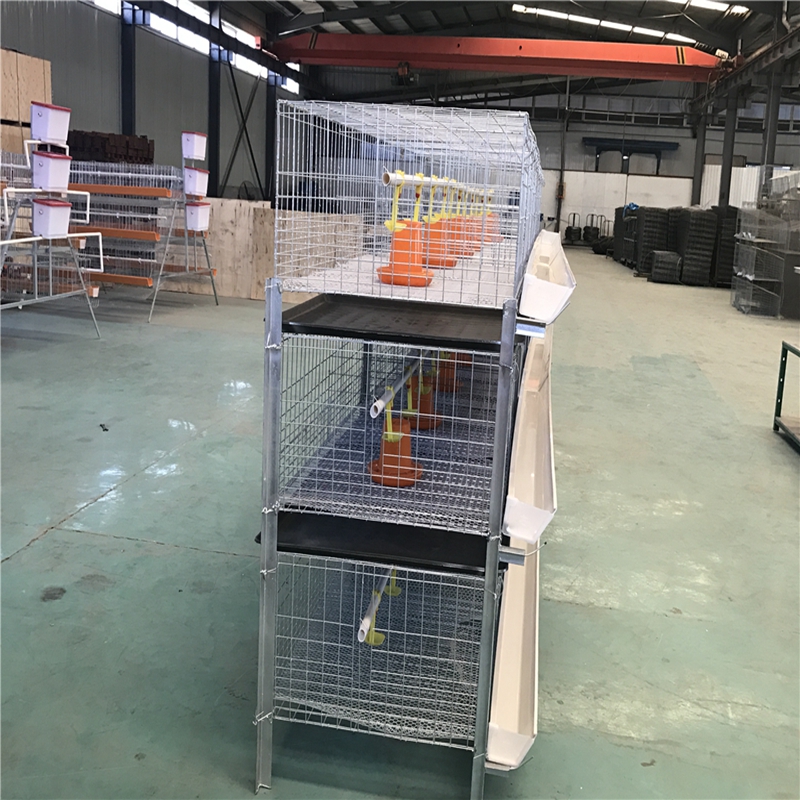Optimal Exhaust Fans for Enhancing Poultry Farm Air Quality and Efficiency
Nov . 07, 2024 16:31 Back to list
Optimal Exhaust Fans for Enhancing Poultry Farm Air Quality and Efficiency
Exhaust Fans for Poultry Ensuring Optimal Air Quality and Animal Welfare
The poultry industry is a vital sector of agriculture, serving as a significant source of protein for millions around the globe. However, maintaining the health and productivity of poultry is not merely about feeding them well; it also involves creating an optimal environment. One of the most critical components in achieving this is the installation of an effective exhaust fan system. Exhaust fans play a crucial role in managing air quality, temperature, and humidity levels inside poultry houses.
Understanding the Importance of Air Quality
Poultry birds are particularly sensitive to their environment. Poor air quality can lead to a host of problems, including respiratory issues, decreased growth rates, and increased mortality. In closed poultry houses, the buildup of ammonia from litter material, coupled with the heat produced by the birds and the equipment, can create a toxic environment. This is where exhaust fans come into play they help remove stale air and bring in fresh air, thereby diluting harmful gases and maintaining a healthier atmosphere for the birds.
Temperature and Humidity Control
Exhaust fans are essential for temperature control in poultry houses. During the hot months, the added body heat from thousands of birds can quickly elevate the internal temperature of the house. Exhaust fans help in cooling the atmosphere by expelling hot air and allowing cooler air to enter. This is particularly important as poultry are known to suffer from heat stress, which can lead to reduced egg production and weight gain.
Moreover, humidity control is crucial, especially in areas with high ambient humidity. Excess moisture can lead to respiratory diseases, as pathogens thrive in damp environments. Proper ventilation facilitated by exhaust fans helps maintain an ideal humidity level, improving overall flock health and productivity.
exhaust fan for poultry

Design and Placement of Exhaust Fans
The design and placement of exhaust fans are vital to their effectiveness. It is essential to ensure that fans are strategically positioned to optimize airflow throughout the entire poultry house. A common approach is to install fans on one side of the house while creating inlets on the opposite side. This setup promotes cross-ventilation, which ensures that air is evenly distributed and that no dead spots are present in the house.
The size and capacity of exhaust fans must also be considered. Inadequate fan size can lead to insufficient airflow, which could fail to adequately ventilate the house. Farmers should calculate the necessary air changes per hour (ACH) based on the size of the poultry house. Generally, larger houses require more powerful fans to maintain optimal conditions.
Energy Efficiency and Cost-Effectiveness
While the initial investment in exhaust fans may seem significant, they can lead to long-term savings. Energy-efficient fans can reduce electricity consumption, resulting in lower operational costs. Additionally, by improving overall bird health and productivity, farmers can see an increase in their return on investment. Healthy birds are more likely to grow faster and produce more eggs, effectively balancing the costs associated with ventilation.
Conclusion
In conclusion, the importance of exhaust fans in poultry production cannot be overstated. They play a vital role in maintaining air quality, temperature, and humidity within poultry houses, directly contributing to the health and productivity of the flock. As the poultry industry continues to grow and evolve, investing in effective ventilation systems, including quality exhaust fans, will be essential. Not only do they enhance the overall environment for the birds, but they also ensure that poultry farmers can meet increased global demand while adhering to best practices for animal welfare. By understanding the significance of these ventilation systems, poultry producers can create healthier conditions that promote optimal growth and production.
-
Automatic Feeding Line System - Anping Yize | Efficiency&Durability
NewsJul.29,2025
-
Automatic Feeding Line System - Anping Yize|Poultry Efficiency&Durability
NewsJul.29,2025
-
Automatic Feeding Line System-Anping County Yize Metal Products Co., Ltd.|Durable PP Material&Easy Maintenance
NewsJul.29,2025
-
Automatic Feeding Line System-Pan Feeder Nipple Drinker|Anping County Yize Metal Products Co., Ltd.
NewsJul.29,2025
-
Hot Sale 24 & 18 Door Rabbit Cages - Premium Breeding Solutions
NewsJul.25,2025
-
Automatic Feeding Line System Pan Feeder Nipple Drinker - Anping County Yize Metal Products Co., Ltd.
NewsJul.21,2025






